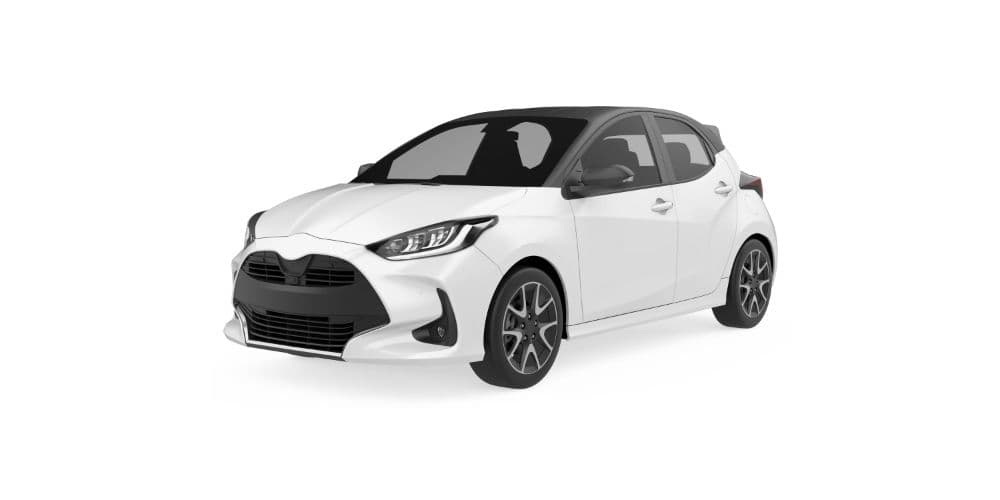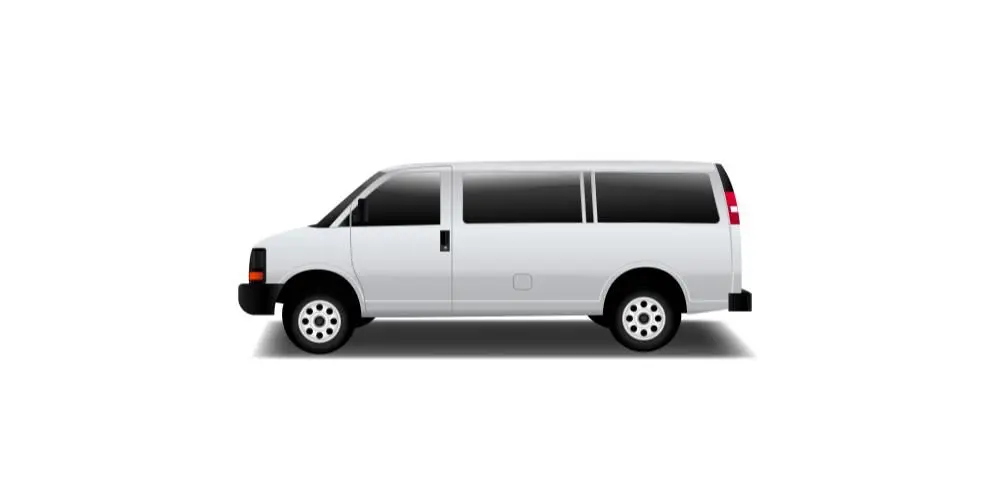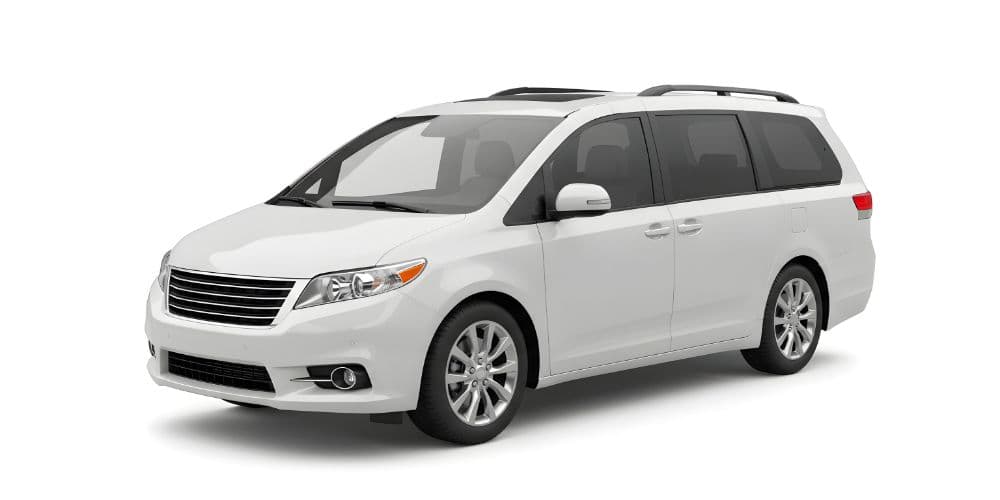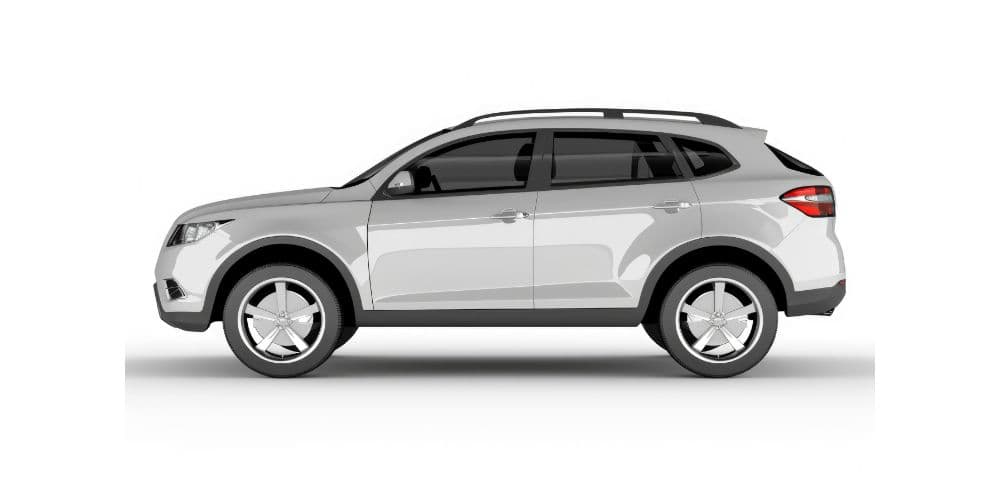
Lafayette to New Orleans Road Trip From Cajun Country to the Crescent City
Trip Snapshot
- Distance & Drive Time: ~135 miles, about 2 hours of drive time (via I-10).
- Best Time to Visit: Spring and fall for pleasant weather and festivals; winter is mild. Summers are hot, humid, and bring a risk of hurricanes (June–Nov).
- Ideal For: Foodies, music lovers, and culture seekers looking to experience Cajun and Creole heritage. Perfect for an overnight or weekend escape.
- Route Summary: Follow I-10 East from Lafayette straight into New Orleans. You’ll soar over the vast Atchafalaya Basin on an 18-mile bridge, pass Louisiana’s capital Baton Rouge (optional stop), and arrive in the heart of the Big Easy. For a change of scenery, consider taking historic US-90 for one leg, meandering through bayou towns.
- Top Highlights: The stunning Atchafalaya Swamp (nation’s largest river swamp), New Orleans’ French Quarter (a “Crown Jewel” of American cities), indulging in beignets at Café du Monde, and live jazz & Creole cuisine amid the French Quarter’s vibrant nightlife.
Route Overview
Leaving Lafayette, you’ll quickly find yourself traversing the Atchafalaya Basin Bridge, an epic 18-mile elevated highway over cypress swamp and open water. The Atchafalaya Basin is an ecological wonder the largest swamp in the United States and as you drive high above, you might spot moss-draped cypress trees and glints of brown bayou water below. It’s a straight, smooth cruise on Interstate 10, so set the car in drive and enjoy the view. (Keep a safe distance here the bridge is long with few exits, so relax and take it all in.)
As you cross the Mississippi River at Baton Rouge, you’ll see the city skyline to your left and the mighty river barges below. Baton Rouge is Louisiana’s capital and worth a stop if time permits perhaps to see the castle-like Old State Capitol with its stunning stained-glass dome or to grab lunch. Otherwise, continue east. Past Baton Rouge, the interstate threads through marshes and piney woods. You’ll notice the scenery change as you approach New Orleans: wetlands give way to lake waters as you cross the Bonnet Carré Spillway (a flood outlet of the Mississippi), and soon the city’s skyline appears.
Entering New Orleans, you’ll cross neighborhoods and descend into the downtown bustle. The road leads you right into the French Quarter New Orleans’ oldest and most famous district. From Lafayette’s laid-back Cajun prairies to the Creole cosmopolitan vibe of New Orleans, you’ve covered a lot of Louisiana in a short drive. Park the car (New Orleans’ downtown parking lots or garages on the edge of the Quarter are your best bet) and get ready to explore on foot.
Top Stops & Experiences
- Atchafalaya Welcome Center An official rest area at I-10 exit 121 where you can stretch your legs and overlook the vast swamps. Inside, exhibits showcase local wildlife and Cajun culture (plus free coffee!). It’s a perfect introduction to the basin’s natural beauty.
- French Quarter, New Orleans Often called the “Crown Jewel of New Orleans,” this historic neighborhood mixes old-world charm with vibrant energy. Stroll Jackson Square and admire St. Louis Cathedral, tap your feet to jazz on Frenchmen Street, and wander past wrought-iron balconies on Royal and Bourbon Streets. The Quarter’s blend of French, Spanish, and Creole history is palpable on every corner.
- Café du Monde A legendary open-air coffee stand in the French Quarter, serving up powdered-sugar-covered beignets since 1862. Stopping here is practically mandatory grab a café au lait and a plate of beignets and watch the world go by near Jackson Square.
- National WWII Museum If you have time in New Orleans, this outstanding museum (a Smithsonian affiliate) is a must-see for history buffs. It’s an official U.S. museum detailing World War II experiences, with interactive exhibits and restored warbirds.
- Alternate Route Bayou Towns: If you return via US-90, consider a detour through Morgan City or Houma, where you can experience smaller bayou communities and maybe even a swamp tour in the Atchafalaya National Heritage Area. It adds time, but rewards you with authentic local scenes fishing boats, shrimp po-boys, and maybe an alligator sighting in the wild.
Where to Eat & Stay
- Breakfast in Breaux Bridge If you leave Lafayette early, make a quick side stop in Breaux Bridge (just off I-10) for a true Cajun breakfast. Try Buck & Johnny’s in downtown Breaux Bridge (famous for its Zydeco breakfast on Saturdays, with live music). Their hearty crawfish étouffée omelette will kickstart your day Cajun-style!
- Dining in New Orleans Once in New Orleans, the dining options are endless. For a classic Creole dinner, consider Commander’s Palace in the Garden District (jacket recommended; official site). In the Quarter, Acme Oyster House offers freshly shucked Gulf oysters and gumbo (official site). Craving something casual? Devour a po’boy at Parkway Bakery & Tavern in Mid-City (since 1911). And don’t forget late-night jambalaya or red beans and rice at a local jazz club.
- Stay Overnight Make this trip a true getaway by spending a night (or two) in New Orleans. For historic atmosphere, check into Hotel Monteleone in the French Quarter a landmark 1886 hotel with its famous Carousel Bar (official site). Or try the WATERMARK Baton Rouge if you stopped in Baton Rouge a luxury boutique hotel in a former bank building. Budget travelers can find numerous chain hotels off I-10 around Metairie on the outskirts of New Orleans for easy in-and-out. Wherever you stay, book ahead for popular weekends (Mardi Gras, Jazz Fest) as rooms fill up fast.
Practical Tips
- Traffic & Timing: Avoid weekday rush hour through Baton Rouge the I-10 Mississippi River Bridge can back up for miles. Aim to hit Baton Rouge midday. In New Orleans, downtown traffic is usually manageable, but parking in the French Quarter is limited and pricey. Park in designated lots or your hotel and explore on foot or by streetcar.
- Weather & Road Conditions: Louisiana downpours can be intense. If it’s raining hard, slow down on the Atchafalaya Bridge and watch for water on the roadway. Hurricane season runs June–November; always check the forecast during those months. In summer, carry sun protection and stay hydrated heat and humidity are high. Winters are generally mild, but a light jacket is handy for cool evenings.
- Wildlife Caution: The elevated swamp freeway has minimal shoulder in the unlikely event of a breakdown, use your hazard lights and dial for roadside assistance (carry your rental’s emergency number). Keep an eye out for wildlife when driving at night near swampy areas or in rural stretches deer or even wandering livestock can occasionally appear.
- Cultural Etiquette: New Orleans is a walking city wear comfy shoes. Embrace the “laissez les bons temps rouler” vibe (let the good times roll) but also be respectful in residential areas of the French Quarter at night. When indulging in spicy Cajun and Creole foods, have a water or sweet tea on hand if you’re not used to the heat! And if a local says “Cher” (pronounced ‘sha’) as a term of endearment, you’re doing something right.
Rentals & Logistics
New Orleans’ magic is just a couple of hours away all you need is a set of wheels. Reserve your rental car in Lafayette ahead of time to secure the best rate (weekends and festival dates can be busy). Lafayette Regional Airport (LFT) hosts major rental companies, or you can pick up in town. Unlimited mileage is standard, so you can cruise to NOLA and back without worry. Before departing Lafayette, fill the gas tank fuel is cheap in Louisiana and you’ll want a full tank crossing the long stretches of interstate.
Hit the road early to maximize your day in New Orleans. With your car, you have the freedom to explore detours like Breaux Bridge or take the scenic route home. When you’re ready, hop in, turn up the Zydeco or jazz, and set off on this unforgettable drive from Cajun Country to the Creole capital. Book your Lafayette rental car now, and laissez les bons temps rouler let the good times roll on your road trip adventure!
Our Most Popular Vehicles



